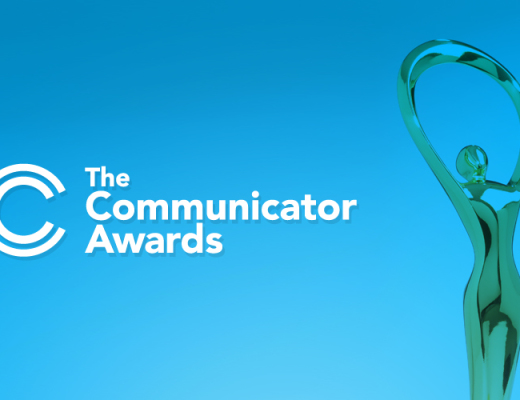Sliders and carousels… are we the only ones who find them a bit annoying? A message, beautifully decorated and enticing, passes by. Before you can admire the design, let alone read the text, the message is gone. Just like a waiter at a high-end event dangling an artfully made dessert before moving on to the next table.

Sliders have become ever more popular, with almost each upcoming website choosing this as their preferred header (or hero element, as it’s known) or at least prioritizing it as an important downpage element. But do sliders serve their purpose?
A homepage header is your first best shot to get a user’s attention.
Your visitors are probably sneaking a check into your site at their lunch break before they head to the next meeting of the day. Worse, they are doing that from their phone, which has increasingly become the preferred mode of browsing. So, no, they do not have time to wait for your slides to pass by enough times to absorb each of them. You’d likely be better off tailoring your message.
Why Sliders Fail
Fast Or What?
The visitor will barely get the message before the slide moves. They will be distracted for a second, and while they are busy trying to catch the message, it annoyingly moves on. Visitors who stopped by your site for information are reduced to a racing context. Not many people have the patience for that. They will proceed to the next similar website as fast as your slides move.
Even if your slider is slow enough that the user can catch everything, they might click away before they’ve seen each slide, or, more likely, they’ll scroll right past the whole thing.
Just A Distraction
Sliders will only serve one purpose; to distract the audience from the real message. You should have a certain goal in mind for different kinds of users who visit your site. Do you want them to sign up for a newsletter, make a purchase, or contact you? Focus on these objectives, and present them equally, rather than all in one place (the slider). Take people immediately where you want them to go with as few clicks as possible. Don’t make them scroll through a slider.
If all they get is a distracting slideshow, you will move them further from your intention. For new users, the main purpose of a homepage is to welcome people onboard and to let them know what the site is about. If you do not get their attention at this point, you will undoubtedly lose them.
Not Mobile Friendly
Practically every smartphone user will use their mobile device to access the internet. As expected, a mobile device’s screen size is limited, and it will not allow you to view a slide show in the clarity that a laptop would give you.
The font size will be reduced several times, and unless you have magnifying glasses, you are going to have a hard time. Again, your target audience is quite busy, and they hardly have the patience for this. They will sadly move on before they read your call to action.
It Could Harm Your SEO
With each slide, you are likely to have information that is meant contains the major keywords that tell a search engine what your website is about. All the slides will speak of your organization and its key objectives, and they will certainly contain information that matches what a user might search for to find your site.
Unfortunately, if you’re using a slider, all of these keywords are conflicting. Essentially, it means that your page has multiple titles, so the value of each one is lowered. This may end up confusing search engines, as no single message gets priority. Results? Lowered ratings that make it hard for potential donors to find you online.
Sliders might also slow down your page load speeds, which is very bad for SEO. In addition, many sliders use text which is embedded within an image, and which therefore isn’t machine readable. This means that the content there wouldn’t even be found by search engines.
What is The Solution?
Keep It Simple
Simplicity is the key. It does not matter how beautiful a home page is if it does not get the target audience where they need to go. For new users, your first and primary goal is to capture the attention of your audience. If you fail to keep their attention from the first message that they encounter, you are not going to have them respond to your call-to-action.
Use Your Images Creatively
Images send messages across better than words can. Use images that tell your story to your organization’s story. You can caption the story to summarize what you are about then place it on your homepage. If you have amazing photos that you are itching to use, you could change the homepage now and then to make it fresh.
Make It Easy
Do not take your donors and potential targets through a long process between landing on the homepage and their end destination, likely your call to action. Streamline the process so that the homepage contains all the essential routes through the site without crowding it.
Curious about other St. Louis website design best practices? At Hub & Spoke, we’re experts in usability, accessibility and great design. Let’s start the conversation today to see how you can improve online!


